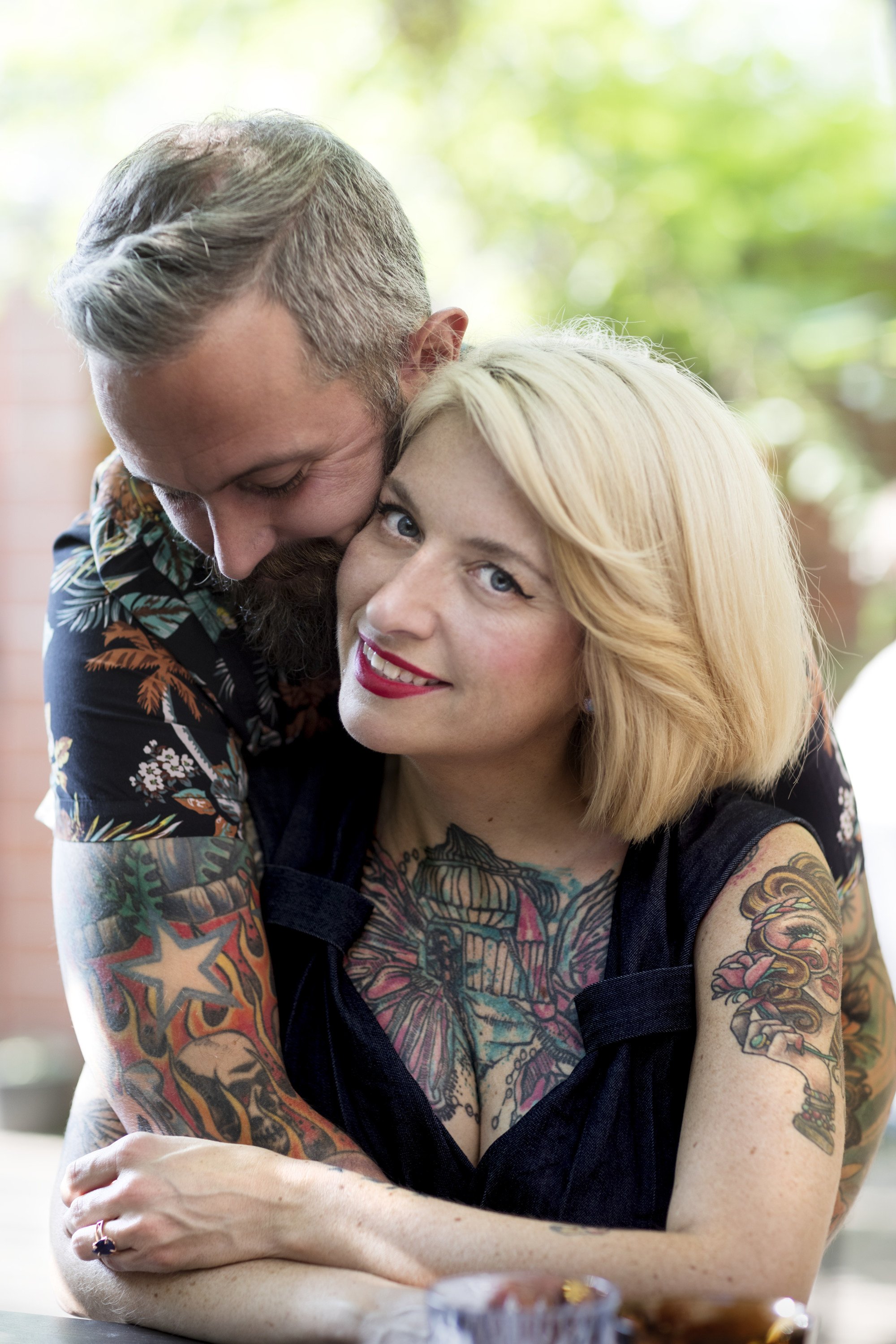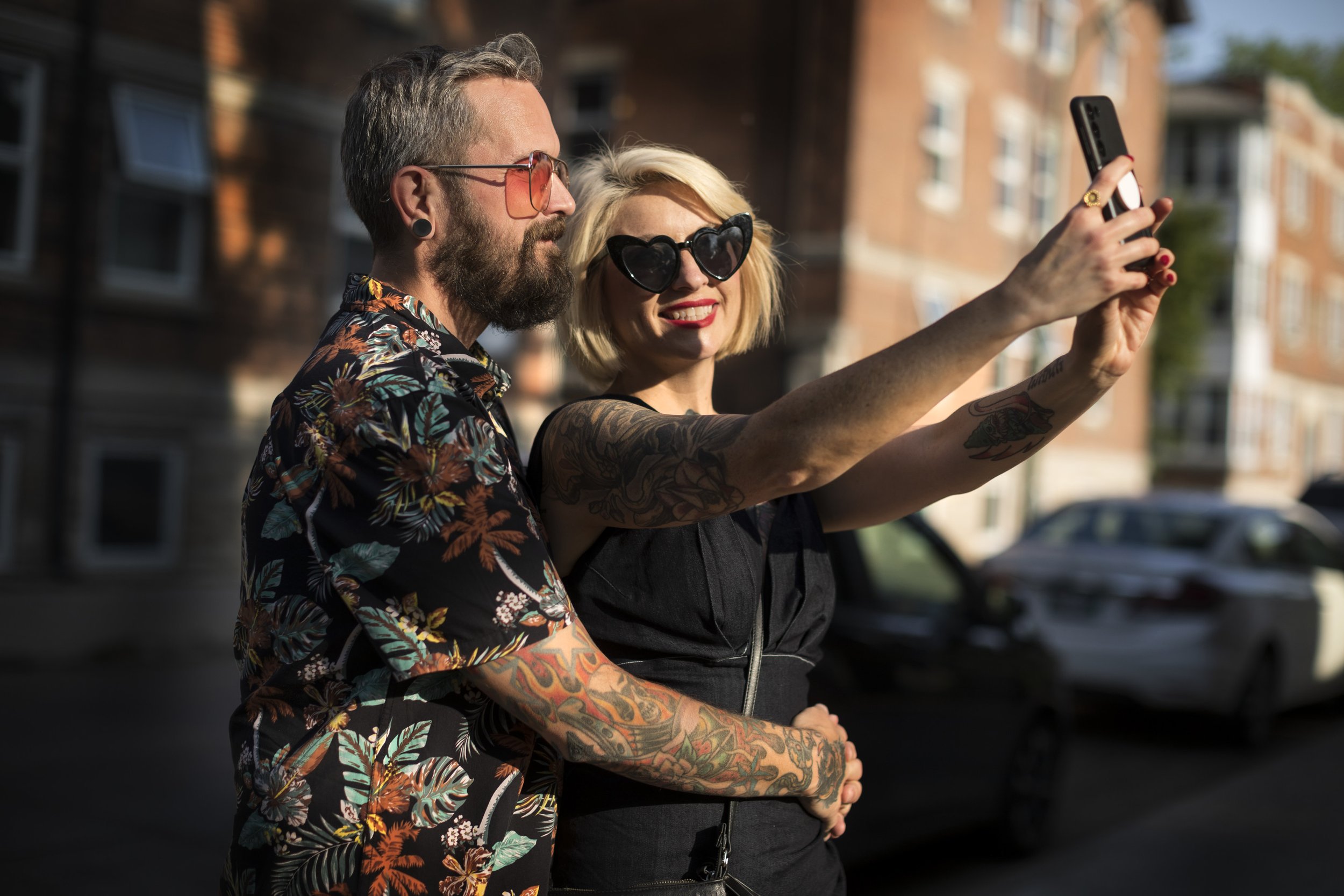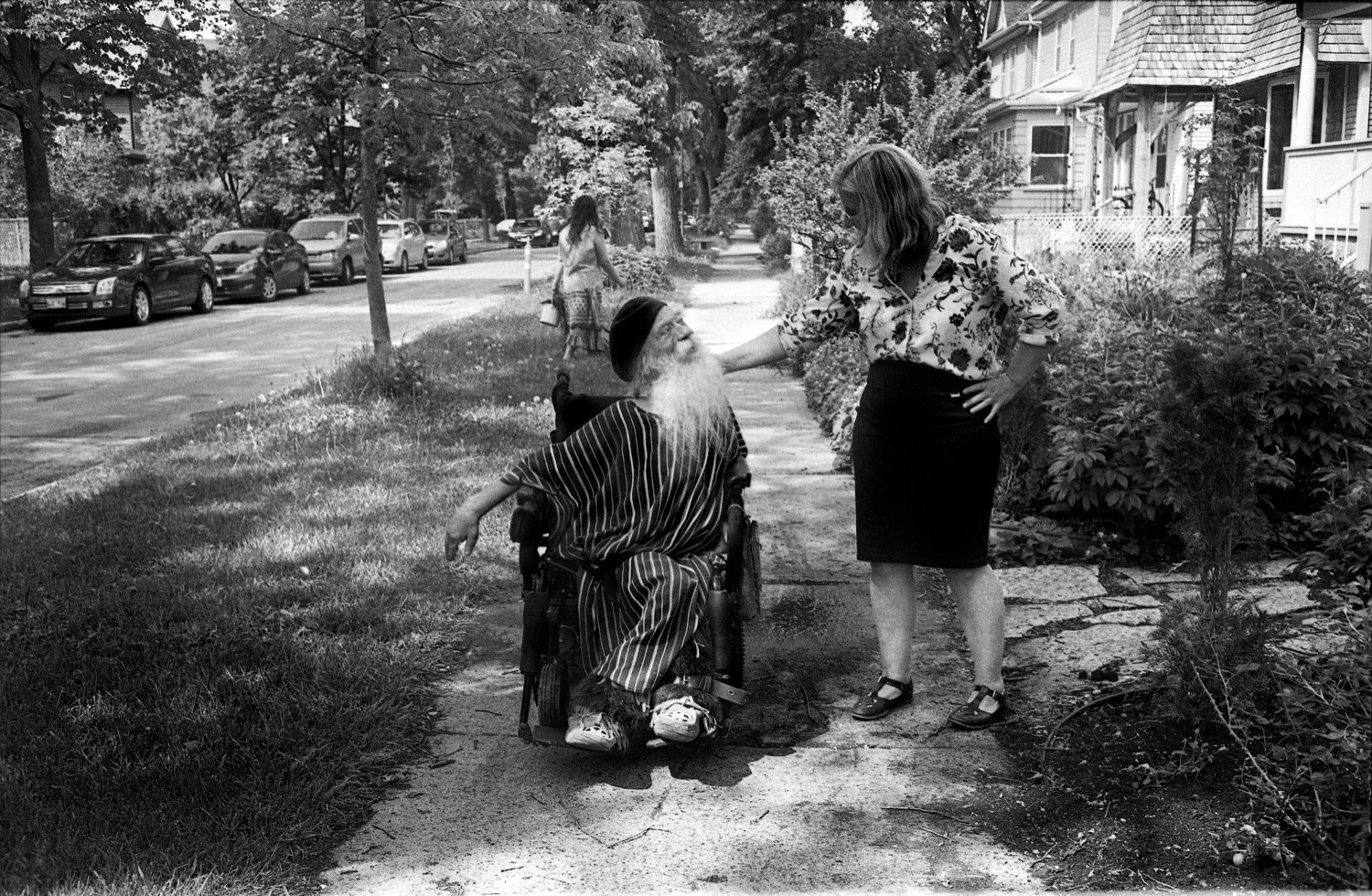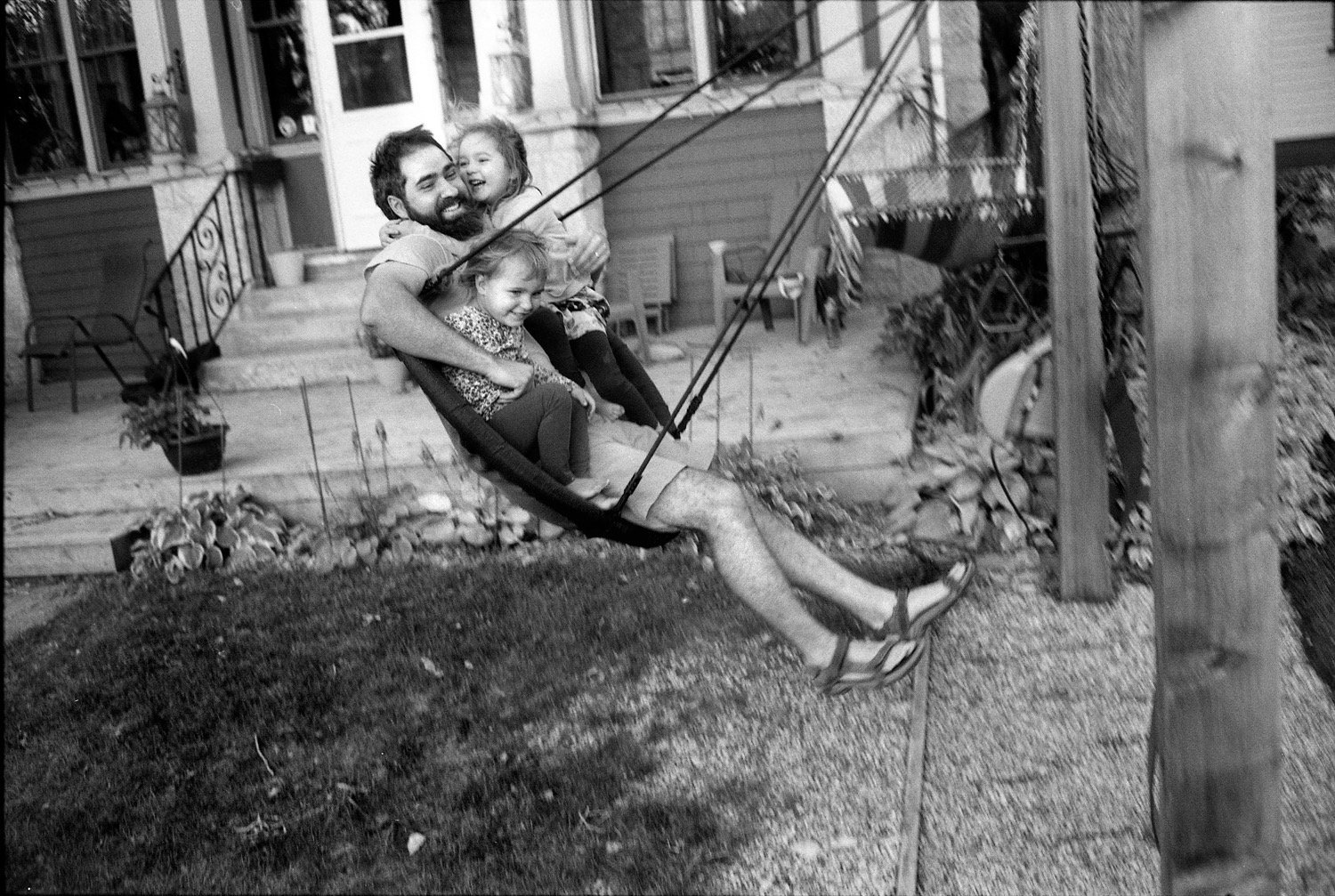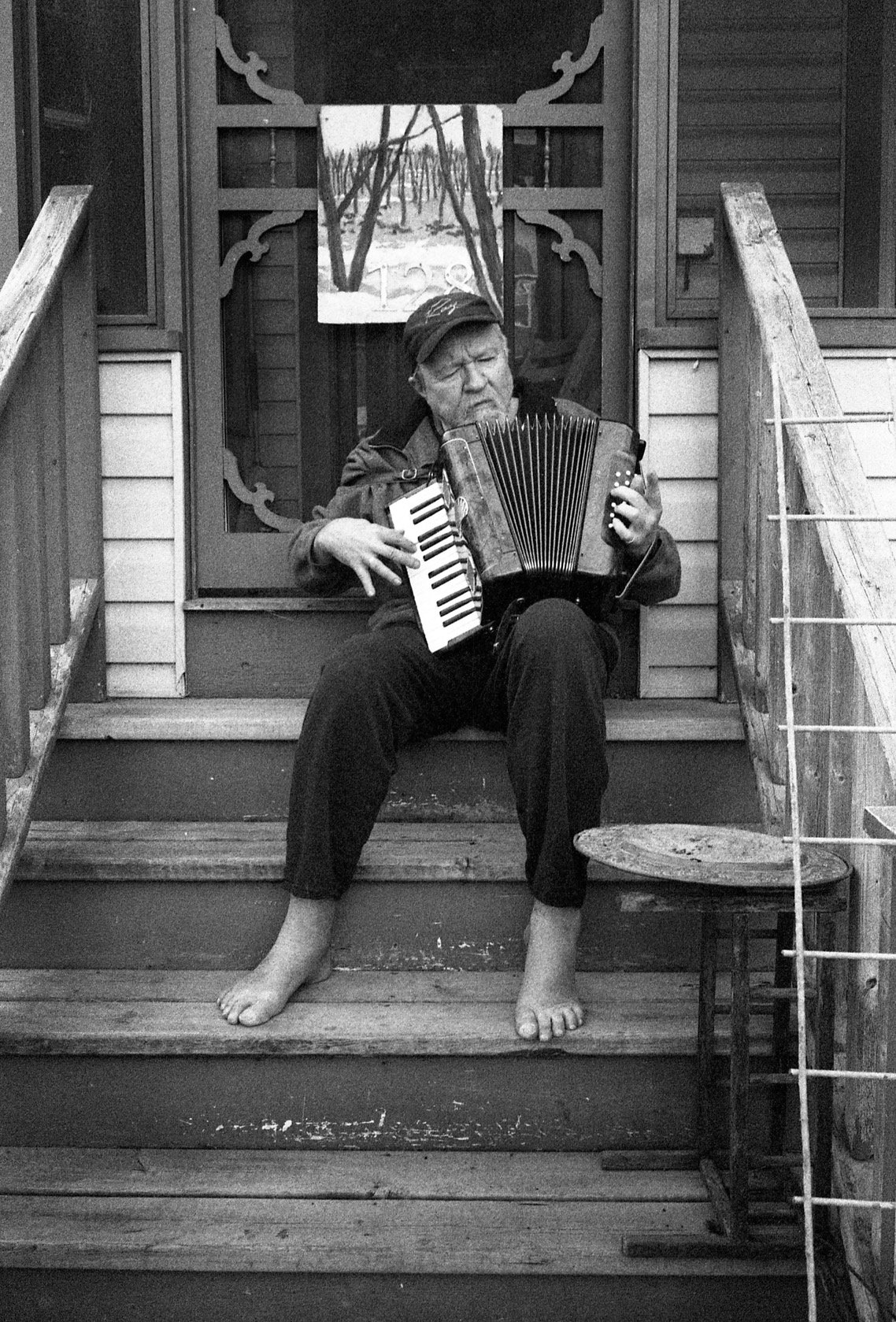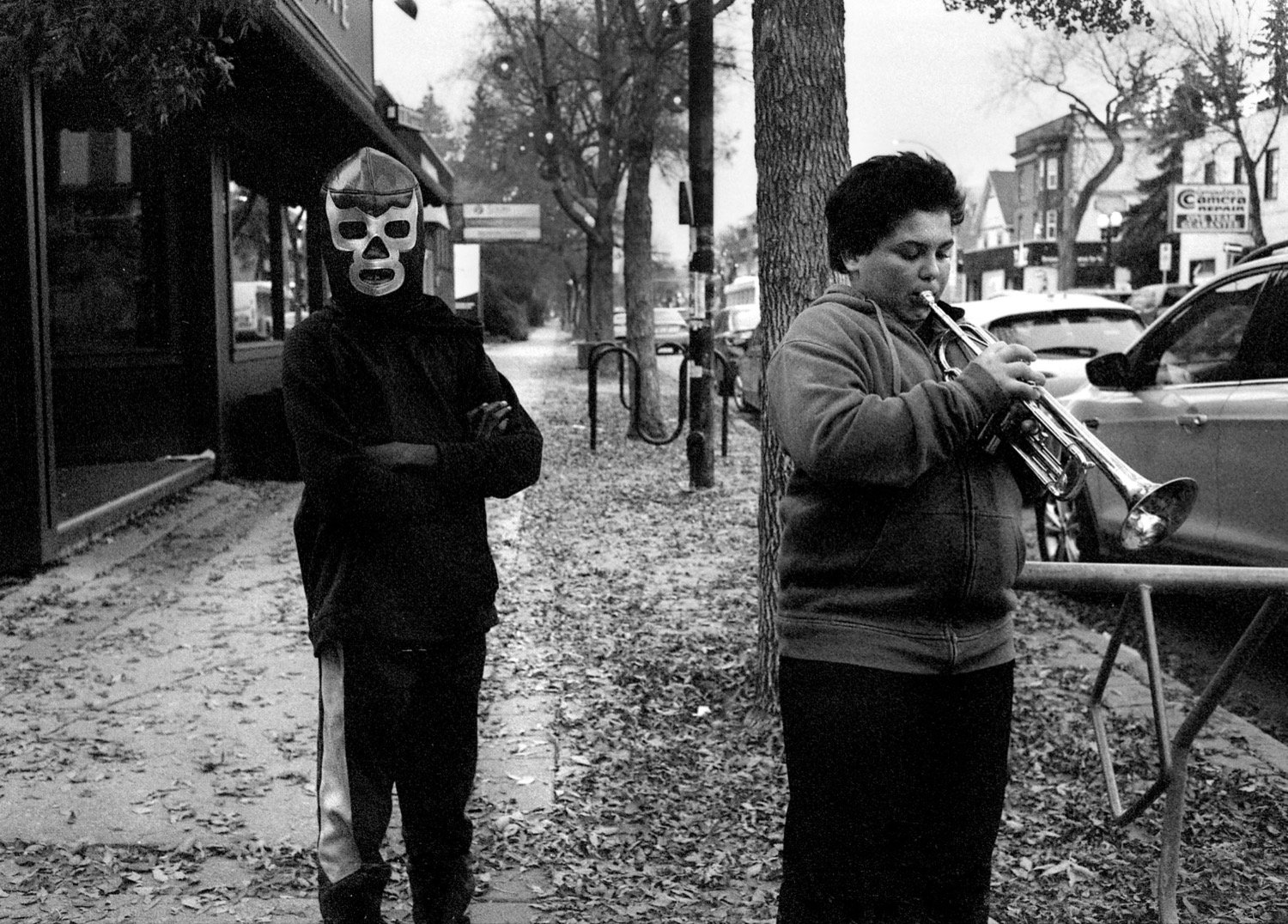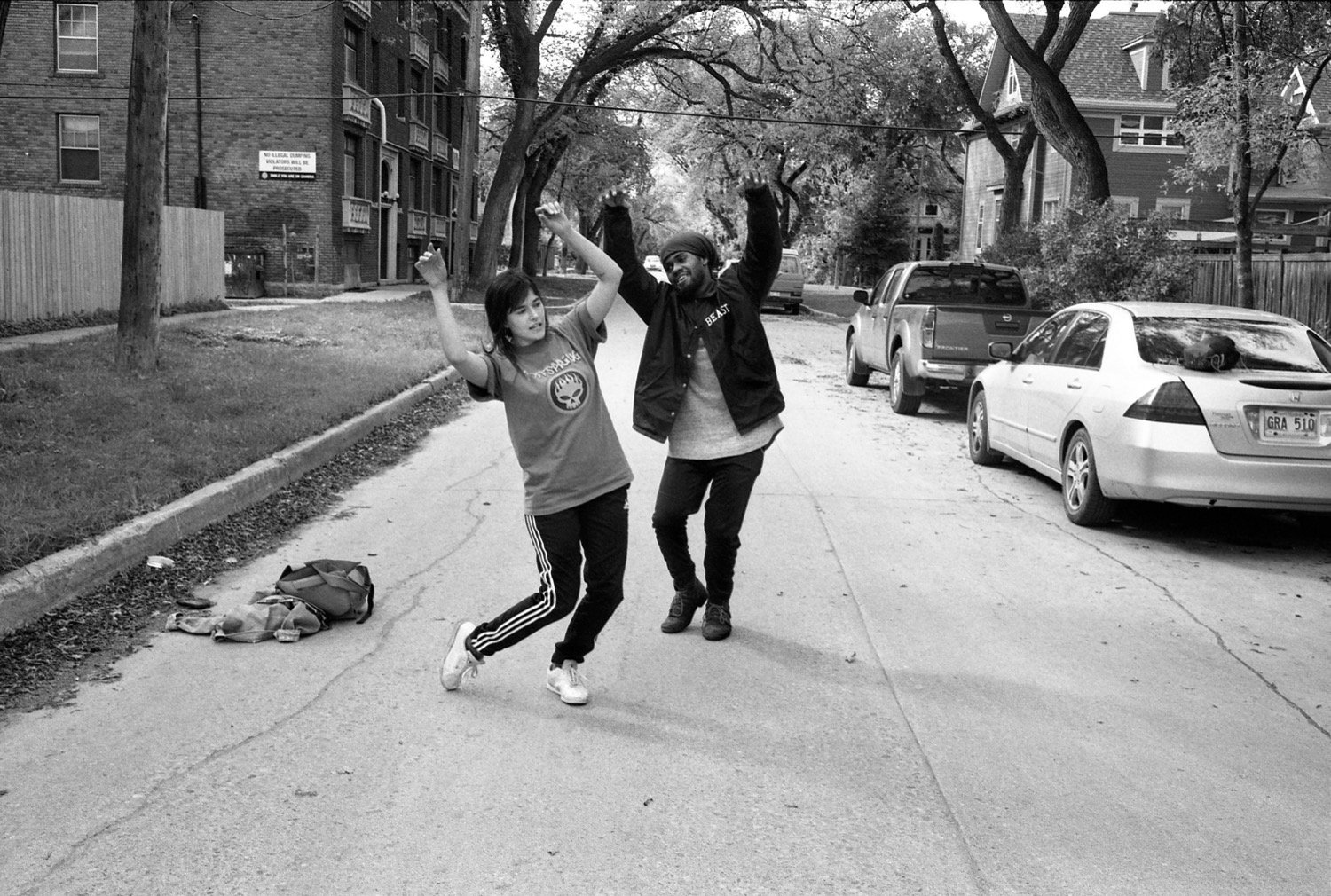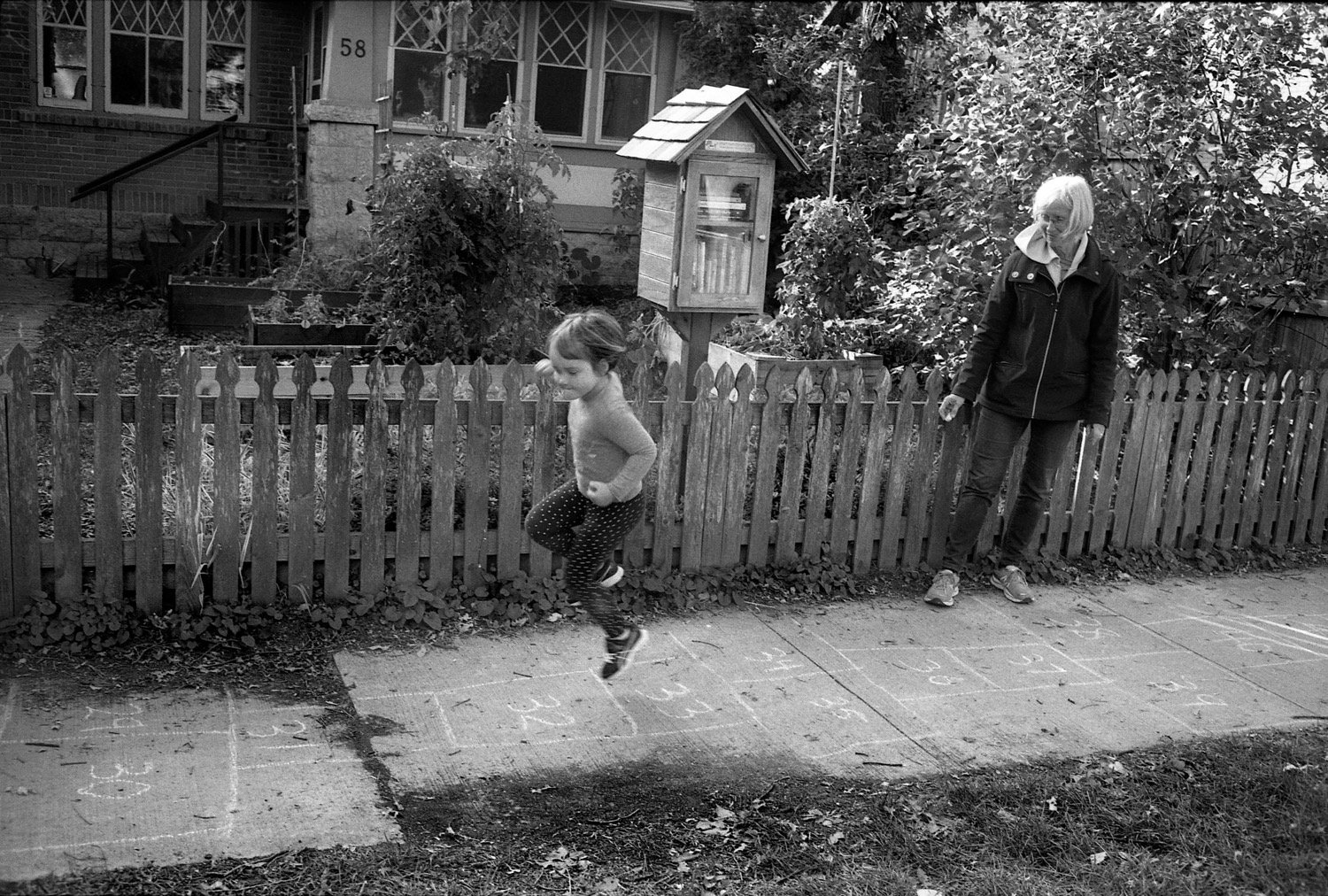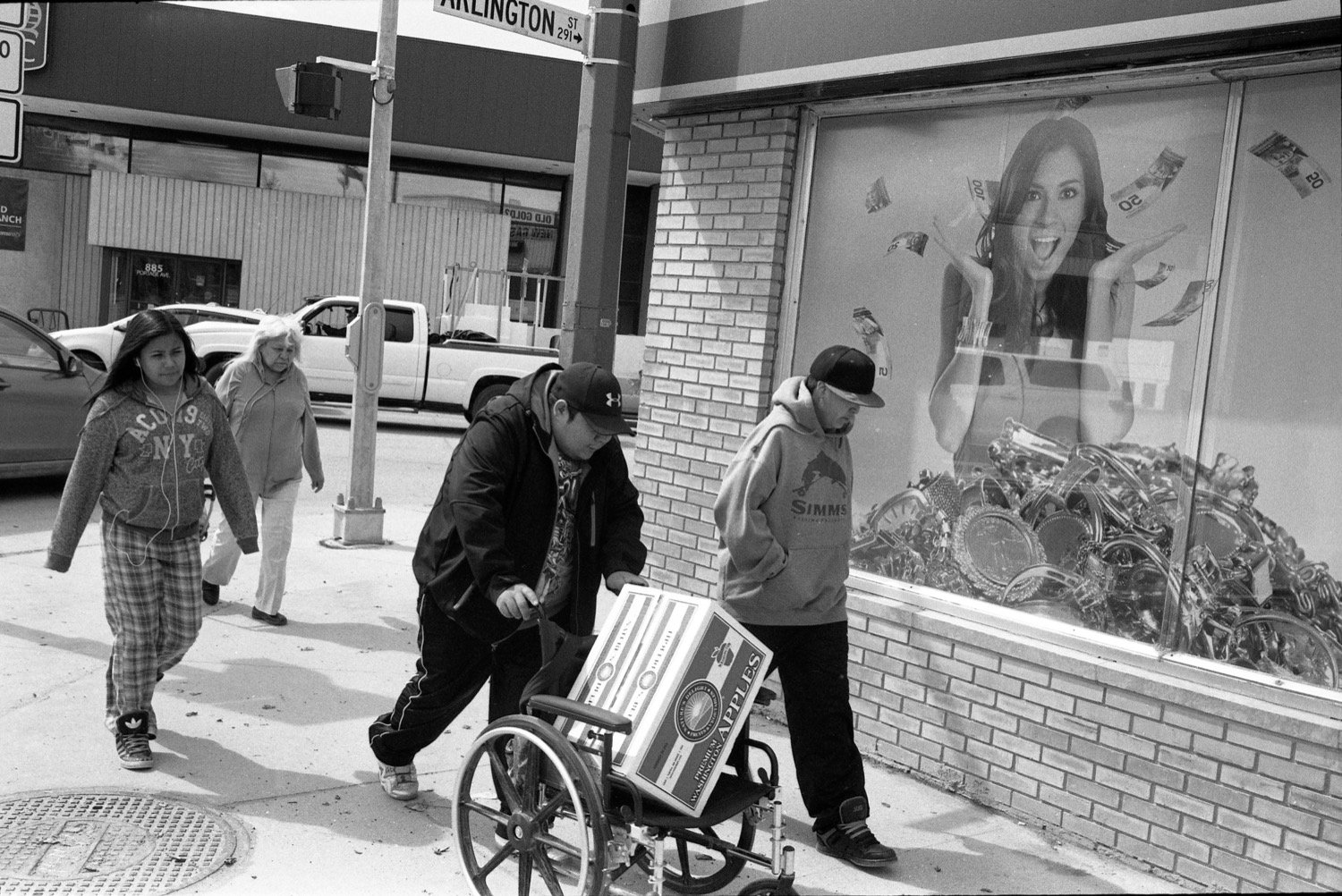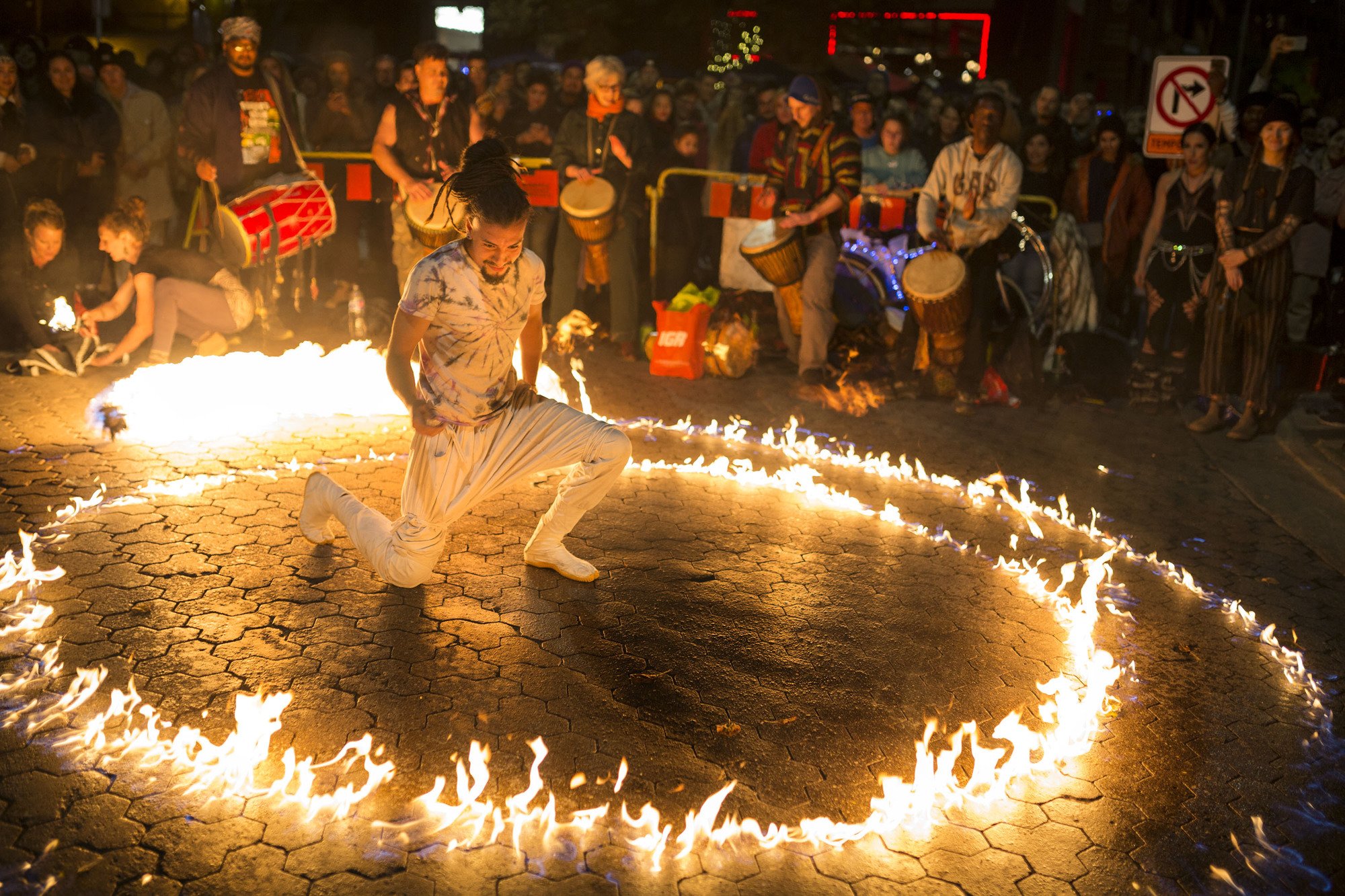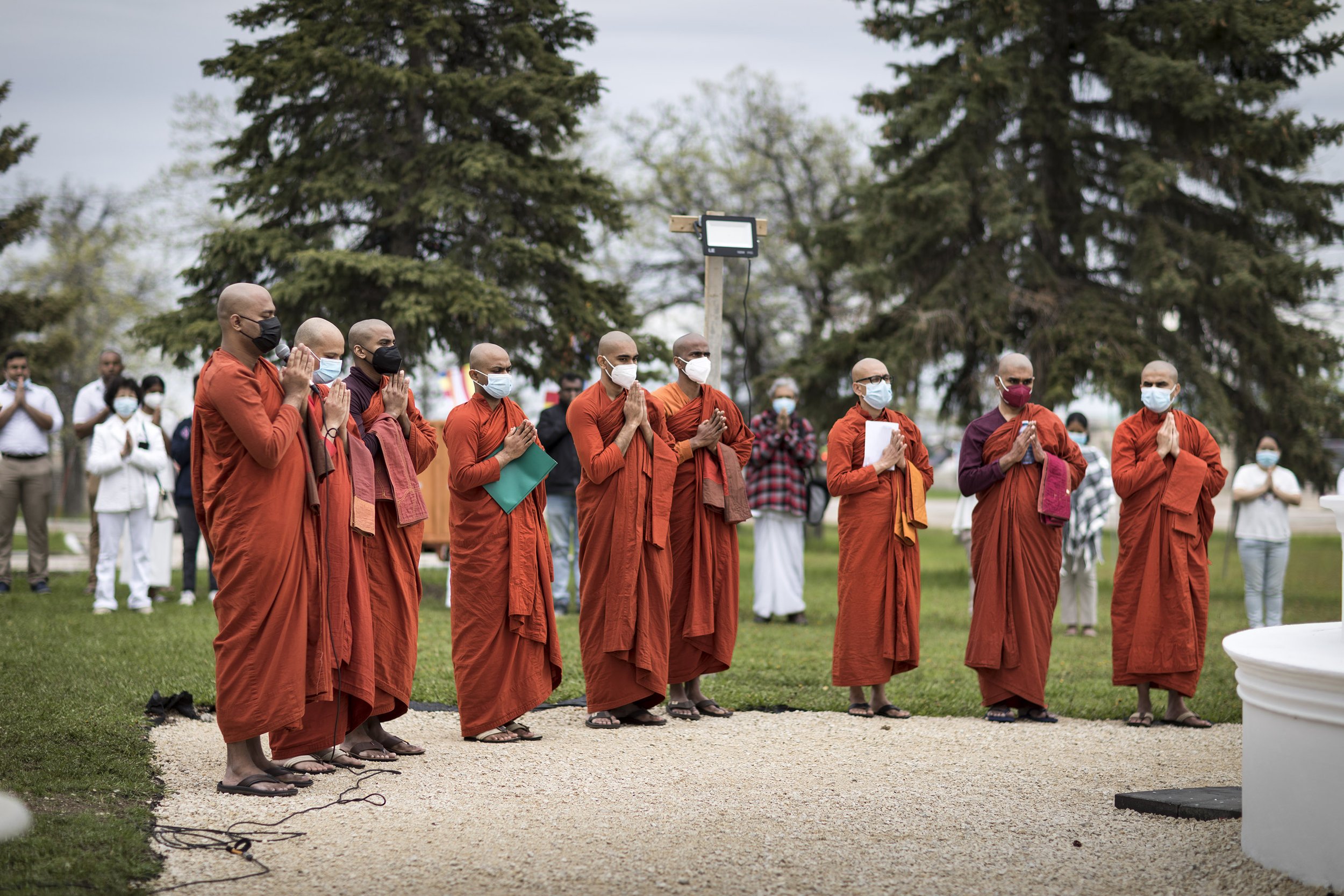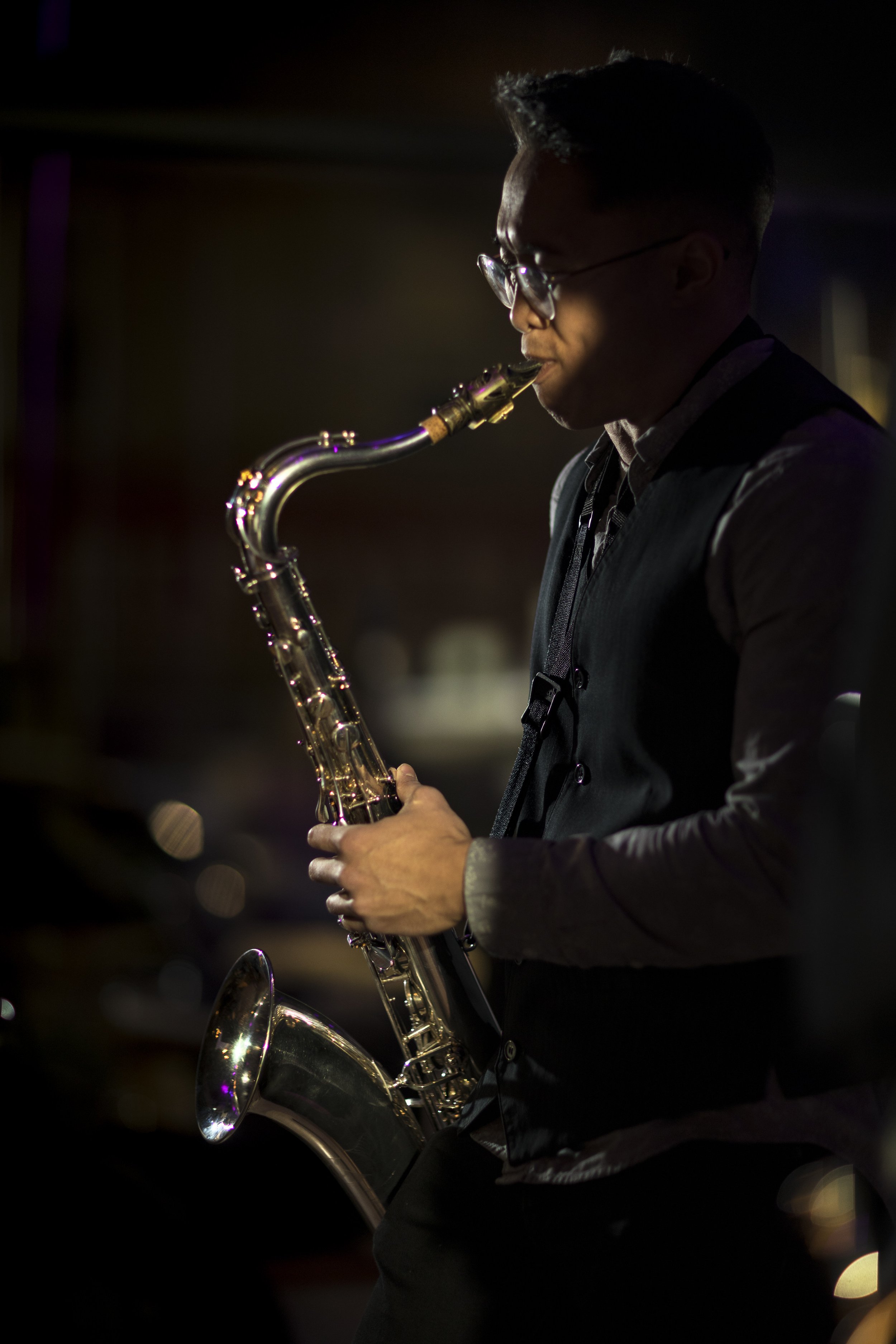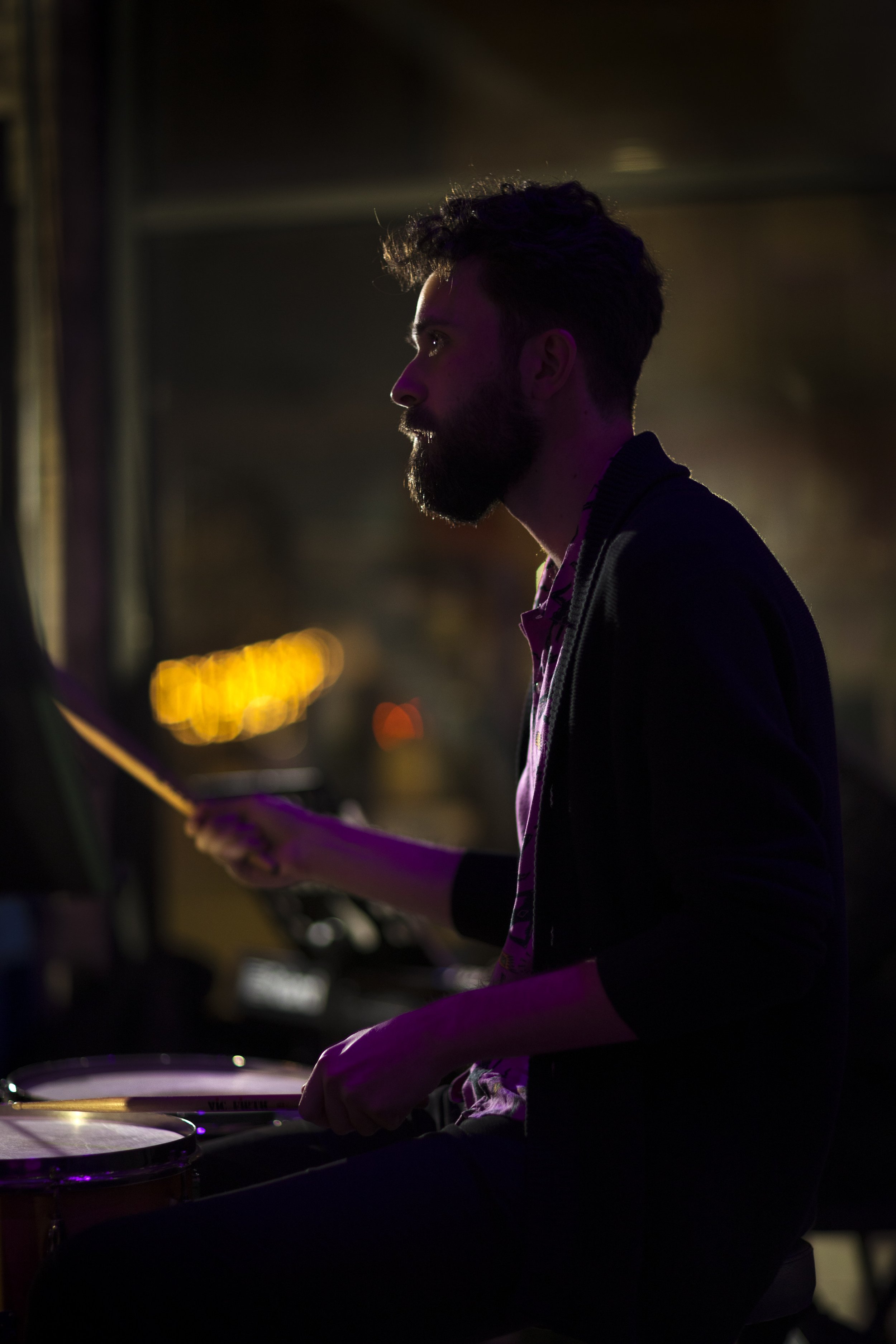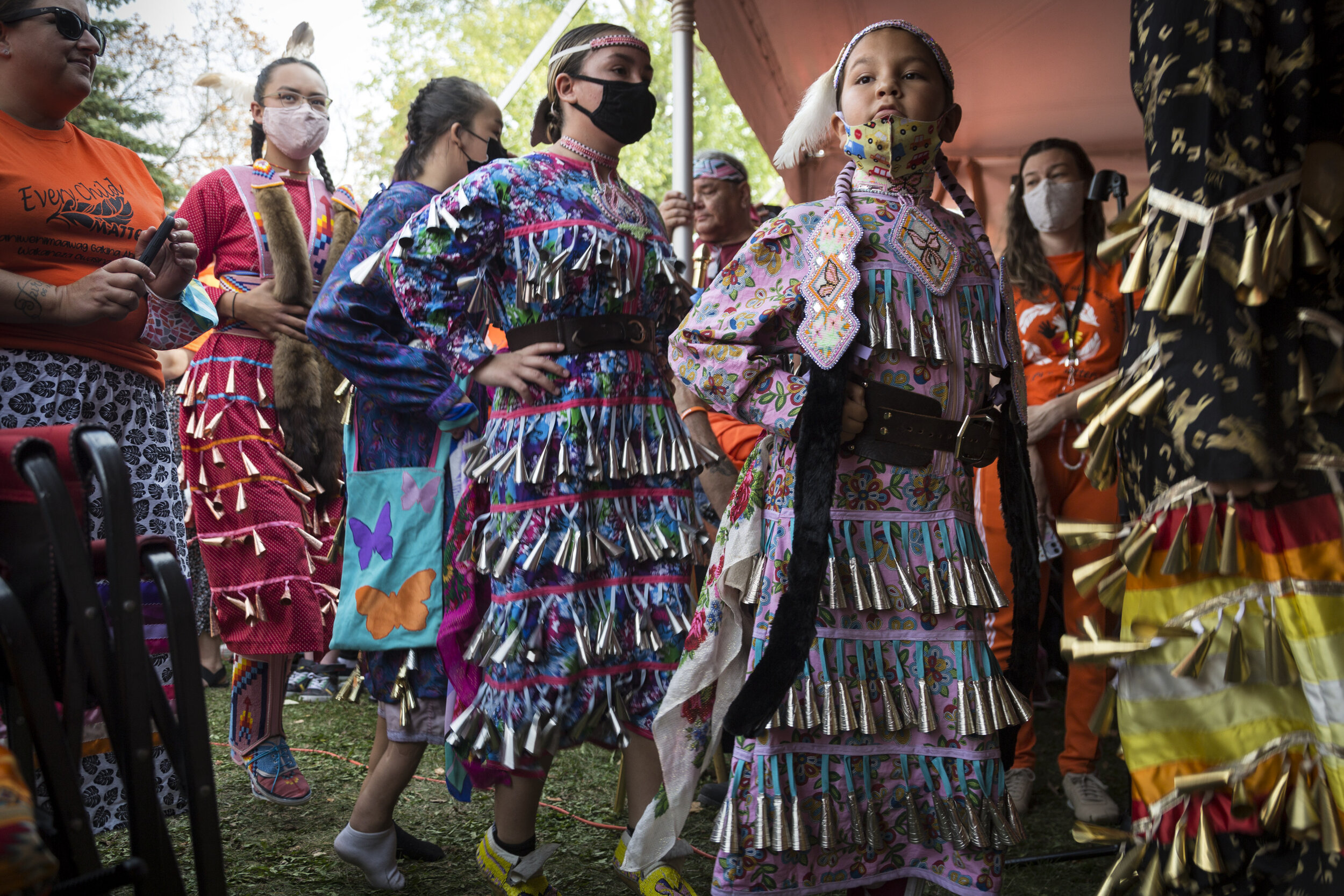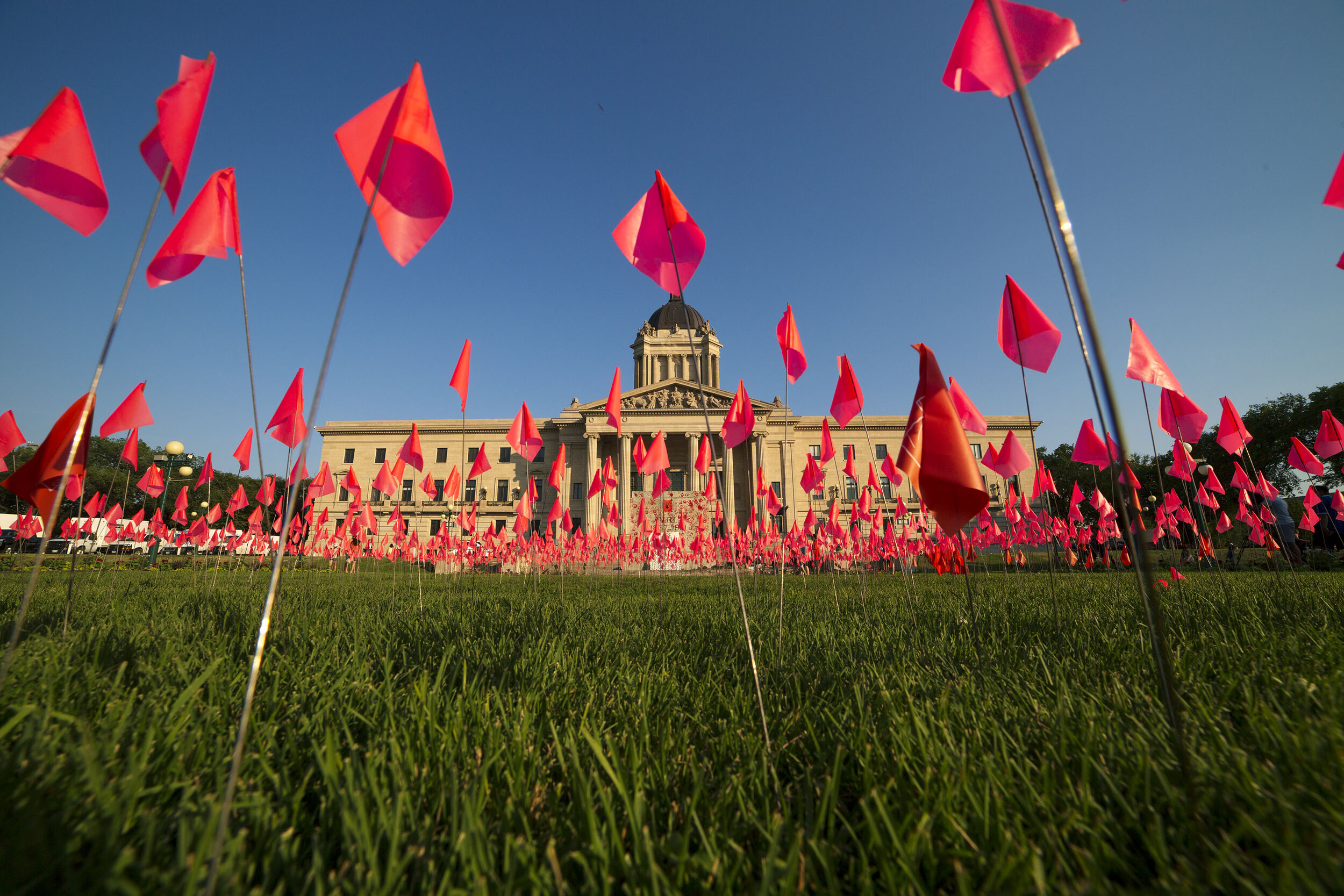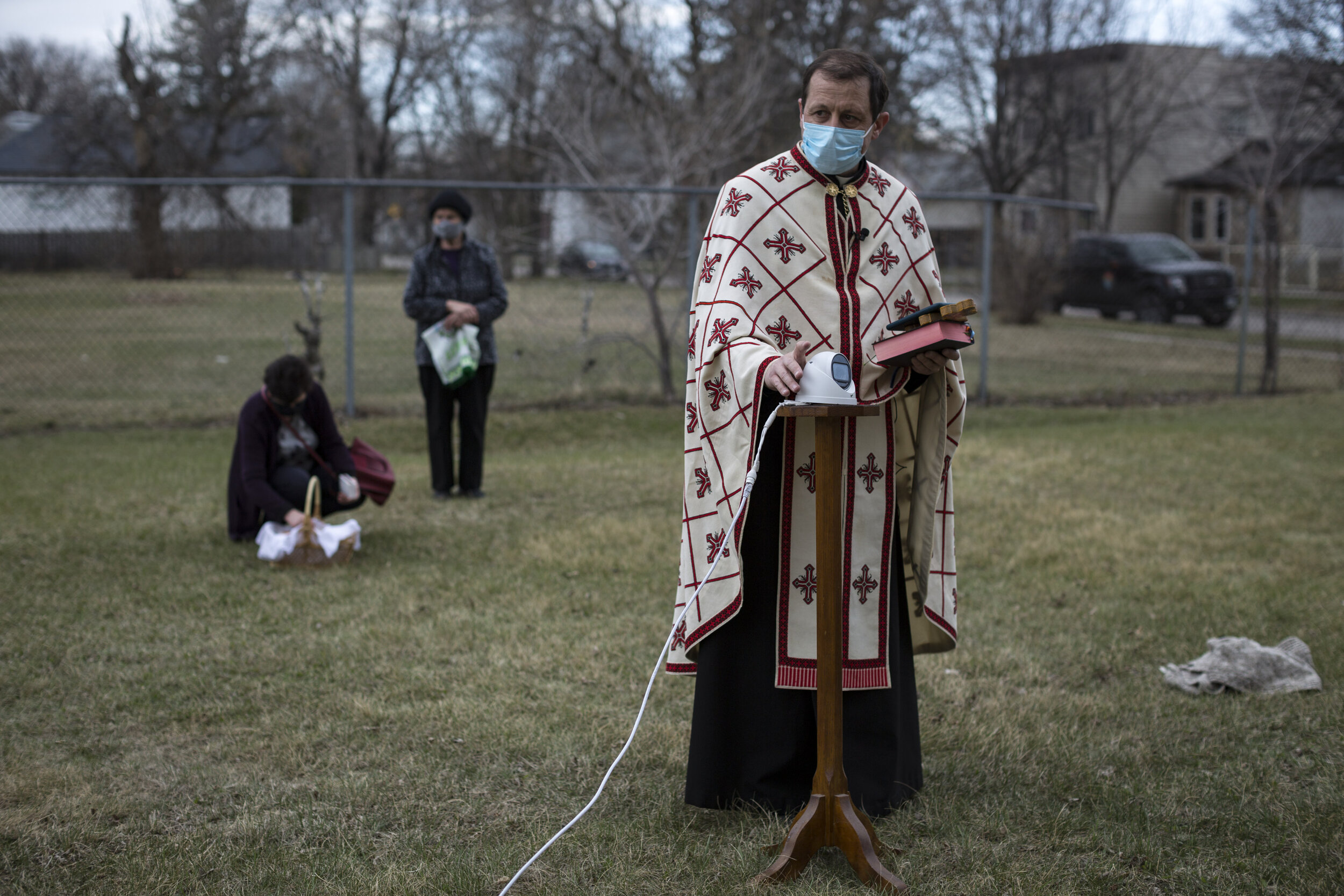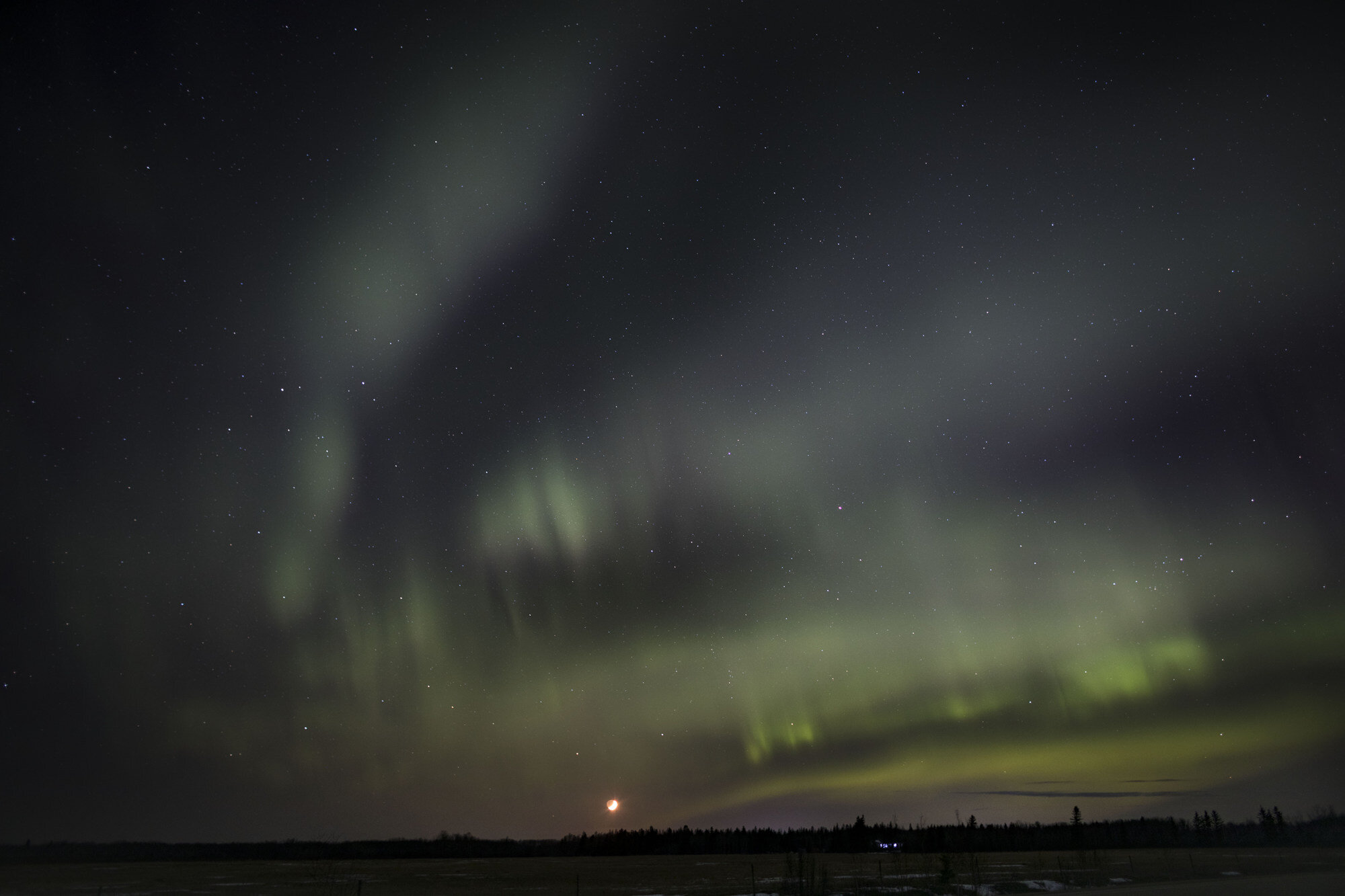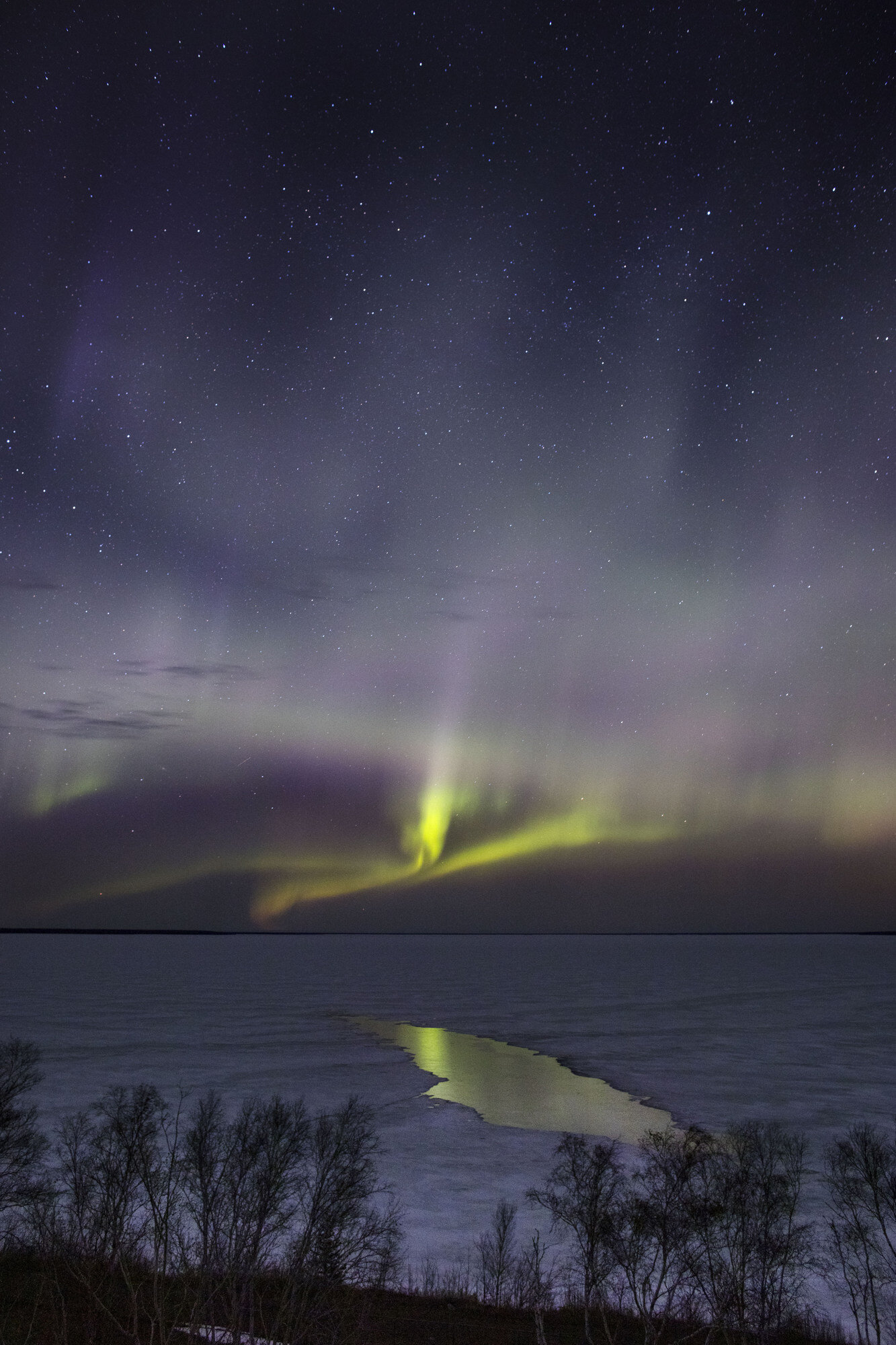Recently I had the chance to use a classic studio camera in a terrific studio. The Mamiya RB67 is a film camera that any commercial photographer who was working in the 70’s, 80’s or 90’s would know of. Along with the excellent lenses as in other Mamiya cameras the big advantage of this camera is the film back rotates to either landscape or portrait view — RB obviously is for Rotating Back.
This lets a photographer change quickly between views, without having to waste time moving the whole camera around either in hand or on a tripod. And it makes a difference practically, especially when photographing portraits.
I don’t like to get bogged down in gear talk, though — to me cameras are tools to make an image, not to fetishize/collect/pontificate over, and the image is what drives (or should drive) photography. In terms of the mechanics, these images were made to test out this camera, its lenses and how it works with in-studio lighting; I’m a big fan of photographing with film (when time allows) and for those who think like I do on that topic, these images were made with Ilford Photo’s wonderful (and underrated, in my opinion) Kentmere Pan 100 medium-format black-and-white film.
Potter and artist Christina Sikorsky
Portrait of Samantha. This was an impromptu photo, but often times those can yield the best results - spontaneous reactions and unplanned efforts can help us avoid ‘getting in our own way’, creatively.
Artist Thor Aikenhead.







